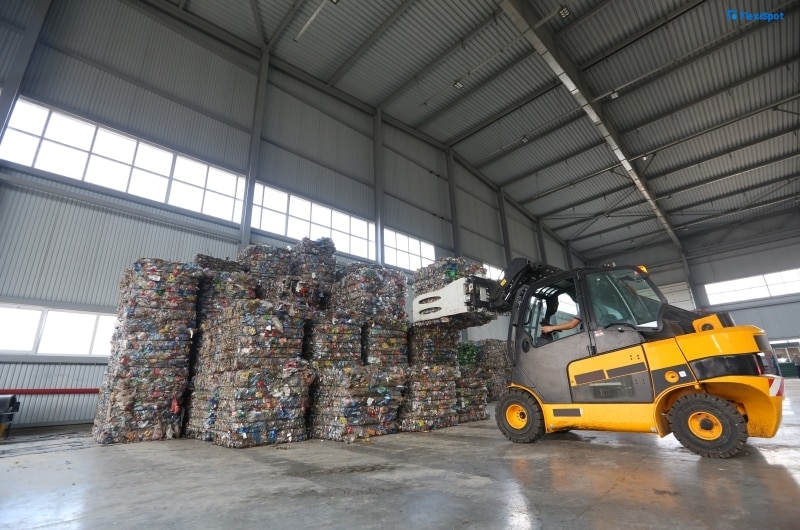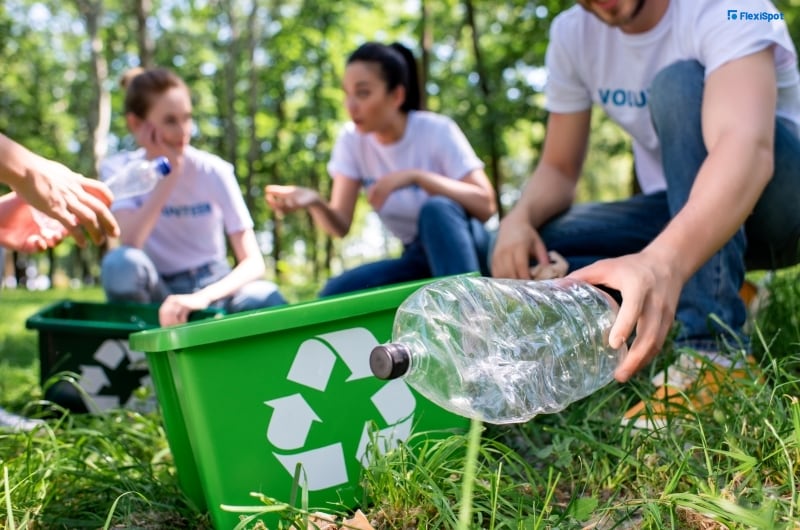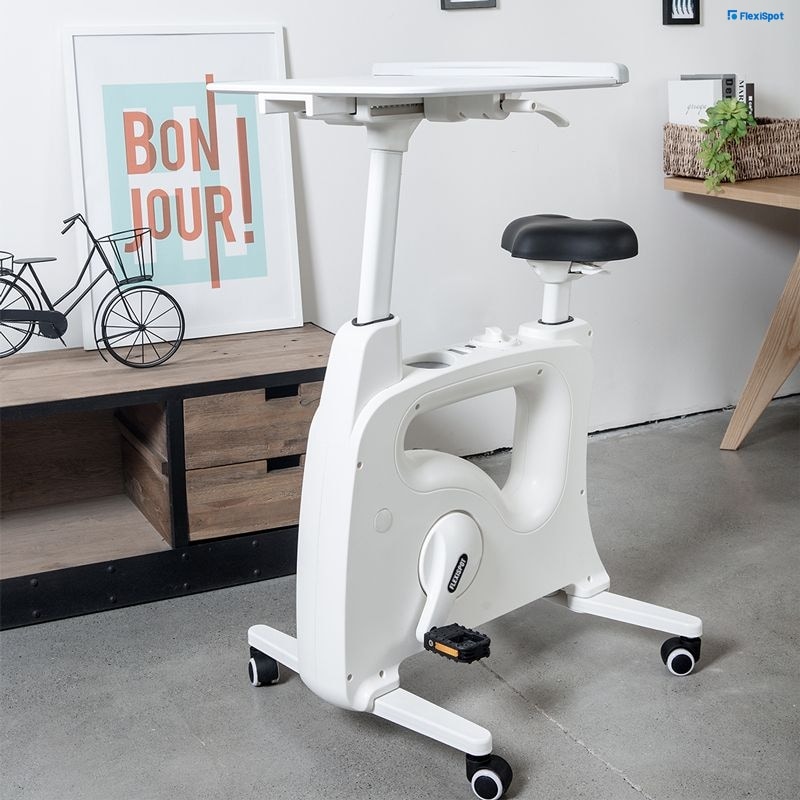In 1869, the science world got shaken when for the first time ever, a material was created outside of nature. All credits go to John Wesley Hyatt who invented the first iteration of plastic. It was an alternative to the rising demand for ivory, an industry killing wild elephants. Plastic was the humane choice. Not only could it take shape in many forms, but it also doesn’t kill any animals.
Not long after, 8 years to be exact, the first fully synthetic plastic came to being because of Leo Baekeland. It is durable, heat-resistant, and can be mass-produced. Immediately, major industries entered the market and invested in research and development about plastic. They believed that the material would open infinite possibilities, and it did.
When resources were scarce during World War II, plastic even became more ubiquitous. It was cheap and can be mass-produced easily which logically made it a top material used for military gear. At that time, uniforms, parachutes, helmets, body armor, aircraft windows, etc had plastic material in them. In the U.S. alone, plastic production ballooned to 300% during the war.
Today, the country is still the world’s largest generator of plastic. But unlike its glory days when it was first discovered, plastic has become a major culprit of the world’s harmful waste. Unfortunately, while plastic served many human industries well, it is composed of harmful chemicals that made their way to Earth’s marine and food ecosystems. It has been polluting the oceans, dumping landfills, and yes, being absorbed by human bodies.
The plastic industry recognizes the harm it made that in the 1960s, it introduced the concept of recycling. Plastic will be around for thousands of years so what does that mean? It can’t just have one purpose. For that long of a lifetime, innovators have been thinking of ways to repurpose, recycle, and upcycle plastic instead of dumping it in landfills for a millennium and more.
This constant exploration for good gave birth to the Ecobrick in the 2000s. So what is an ecobrick? It’s an eco-friendly brick or a plastic bottle filled with other plastic waste that can be used as a building material. There’s no clear origin but many point to Susan Heisse who made an eco brick to resolve the plastic waste accumulation at Lake Atitlán in Guatemala. Russell Maiaer, the founder of Ecobricks.org, shares a similar story. He created a garden wall out of ecobricks to help resolve the waste problem in the Chico River, a water stream source of an Igorot community in the Philippines.
Today, eco-brick is now used as a material for furniture, walls, and buildings.

Why Start Ecobricking
Recycling helps the plastic problem but our problem is so big that it can’t be eradicated in a snap of a finger. For now, enter eco bricking.
If your goal is to be mindful of your waste, then eco-bricking is the right fit for you. It will aid you in becoming more aware of your household’s waste. Your purchasing behavior might change wherein you’ll be more mindful of what you buy so that you don’t end up discarding a lot of items. You are also preventing used water bottles from getting swept to the sea or being dumped in landfills.
Moreover, eco bricking is accessible to anyone and maybe done anywhere. If you’ve been wanting to contribute a solution to the plastic problem, then this is a good first step to take.

Making an Ecobrick
Start with the waste you have at home. Clean and dry non-biodegradable waste around the house then stuff it in a water bottle. Less than 10% of the bottle should be left to squeeze. Ecobrick.org released a comprehensive module with a step-by-step guide on how to make one. Below are the steps:
1. Collect waste and separate the plastic
Make sure the plastic is clean by washing the dirt off and drying it out. It’s important that it is dry because it might lead to microbiological growth and methane formation inside the bottle.
An eco-brick is only composed of used plastic. Cotton cloth, metal, paper, cardboard, glass, and organic material is not used because they don’t turn into microplastics and could be recycled in a different way.
2. Choose the main bottle you’ll use.
If you want sturdier buildings made of ecobricks, it’s much better to use bottles of the same sizes. You have to consider these three aspects: the availability of the bottle, volume, and the project the eco brick will be used for.
3. Prepare a stick.
Called the magic wand of eco-brickers, the stick is used to make the plastic disappear. People would commonly use bamboo or wood and the size depends on how big the main bottle is. The recommended measurement is it should be one-third the width of a standard bottle opening. Take note to not use sharp or ruptured sticks because it might ruin your momentum if something arises.
4. Squeeze everything inside the bottle.
Remember to not push too hard because it might destroy the bottle and make you start again.
5. Weigh the eco brick to measure its quality.
The weight vs volume will indicate the quality of an eco brick. It’s considered a good one if it’s solid, strong, and densely packed. Soft eco-bricks may cause the structural constructions to collapse and may even serve as a fire hazard because of the air pockets in the bottle.
6. Close the eco brick.
Before capping it, make sure all the plastic inside is not overflowing. Leave a 1-2 cm between the cap and the plastic inside.
7. Log in your ecobrick.
It doesn’t matter whether you’re doing it alone, with a friend, or with your community. You have to keep everything on record, even those that you will be using personally. A log should have the following information: ecobricker’s name, final weight, date and year of creation, intended project, and serial number.
8. Inscribe the same information in your bottle.
Use enamel paint to etch the aforementioned details inside the bottle. You may also put a label inside but do not use stickers or paper labels because it has a tendency to wear off at some point. It really depends on you what material you’ll use; it just has to be permanent.
9. Ecobricks should be stored inside the house, not within direct sunlight.
Cover with cloth or anything that can protect the eco-bricks from accumulating dust and dirt.

Featured products: While eco-bricking, why not use a desk bike or specifically, the Flexispot V9 Pro Home Office Height Adjustable Cycle Desk Bike. You could pedal away while you create your building blocks. The resistance level and the seat of the bike are adjustable so feel free to customize accordingly.
When you’re keeping a log of the eco-bricks you’ve made, you may temporarily place them on top of Flexispot’s Kana bamboo Standing desk. It’s spacious with a standard desktop size of 48” x 24.” It can also carry 220 pounds up to 275 pounds.
